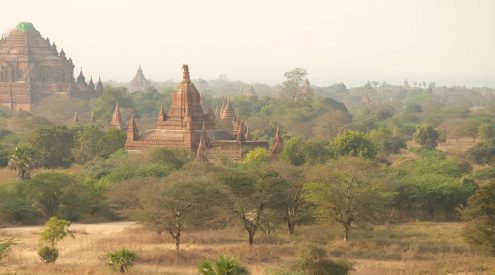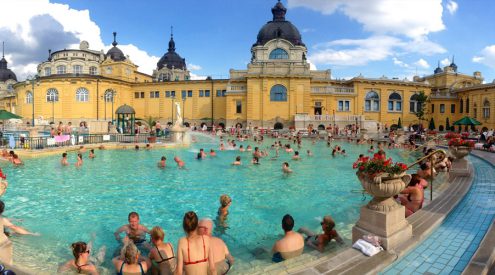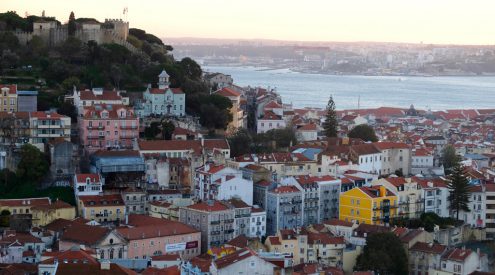Dona Olinda was approaching her 100th birthday and as she sat on the veranda of her American-built home in Fordlandia in the Brazilian state of Amazonas her family cleared up around her in preparation for the party.
Fordlandia is a sleepy community nestled on the misty banks of the Tapajos River where Henry Ford tried to establish a rubber plantation to bypass the British stranglehold on the white gold of the early twentieth century. He hoped to gain control over every step in the production process of his Model -T.
Dona Olinda described life in the American household of the Mr and Mrs Ping where she did the laundry. Mr Ping was a manager on the plantation who shared the characteristic common to the Americans of being bothered by everything. He was a jealous and strict man who liked to drink and when this happened his home was full of the sound of his curses “Gawddamn Hermione, Gawdamn”, Dona Olinda broke the flow of her Portuguese to mimic him.
Her account exposed some of the cracks in Ford’s utopian dream. The Ford empire came preaching the values of the corporation and prohibition era America – progress by doing (with limited planning), abstinence and the nuclear family. Wives were encouraged to grow pot plants while their men played golf on the plantation course. But strict segregation separated Americans and Amerindians. As Dona Olinda recalled there were deaths almost everyday on the plantation, but not among the Americans who had “the nice jobs”.
The plantation was doomed to failure, even as it was founded the world rubber price crashed removing its necessity and Fordlandia never exported industrial quantities of rubber. Ultimately it was foiled by riots, malaria, charlatans posing as experts in botany, plagues of pests and leaf blight.
Today Fordlandia is a crumbling monument to Ford’s hubris. American-styled streets with red fire hydrants and boot scrapes have been reclaimed by the vegetation. Houses, once green gabled and shuttered lie decrepit, full of bat droppings and mould while pigs graze in their front gardens.
Ford’s arrogance was not just in his belief that he could bring Fordist principles of production to tame the Amazon and civilise its people, but also that once unleashed, he could control the forces of capitalism. Arguably, these forces are responsible for the destruction of the rainforest today.
Dona Olinda told us that if Mr Ping could see her today he wouldn’t recognise her. The landscape has also changed beyond recognition. Fordlandia is surrounded by cattle ranches and the road from Santarem is lined with vast soya farms, providing the animal feed that fattens the meat we consume. The expansion of the road network which accompanied the growth of the Ford empire has also led to further development and deforestation.
In the middle of another sweeping field of soya a single Brazil nut tree stands lonely and defiant. The tree that gives its name to Brazil is protected by law. It is illegal to cut it down. But removed from the protective awning of the canopy these solitary giants slowly die as the wind blows away their leaves and branches.
These are bleak scenes. But whilst market forces are partly responsible for the deforestation of the Amazon they perhaps offer the key to its salvation.
We will be writing about some of the work going on in Guyana harnessing market forces to protect the rainforest, finding mechanisms to establish the real value of the rainforest for mankind and economic incentives for local people to conserve their forests.
















